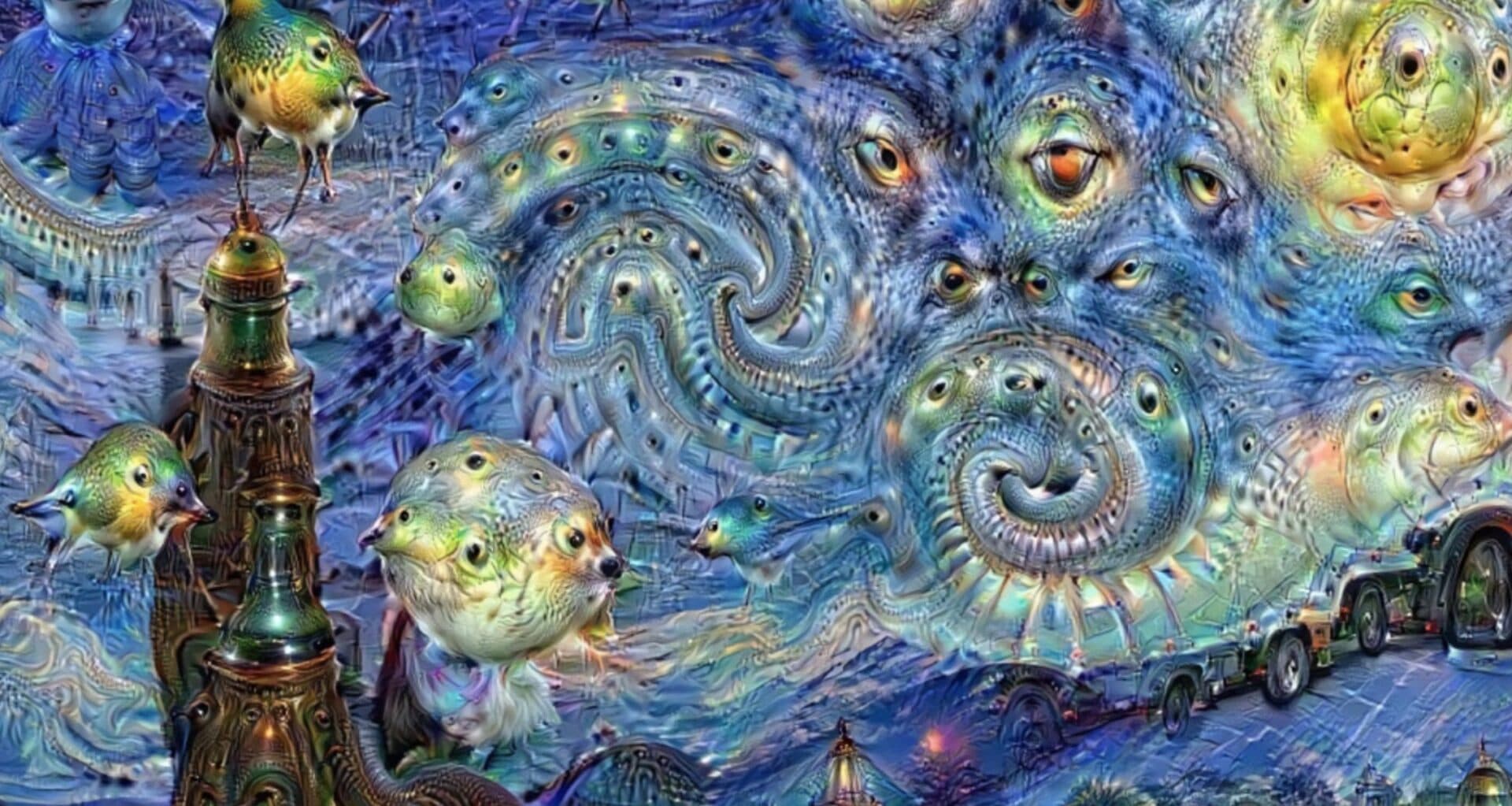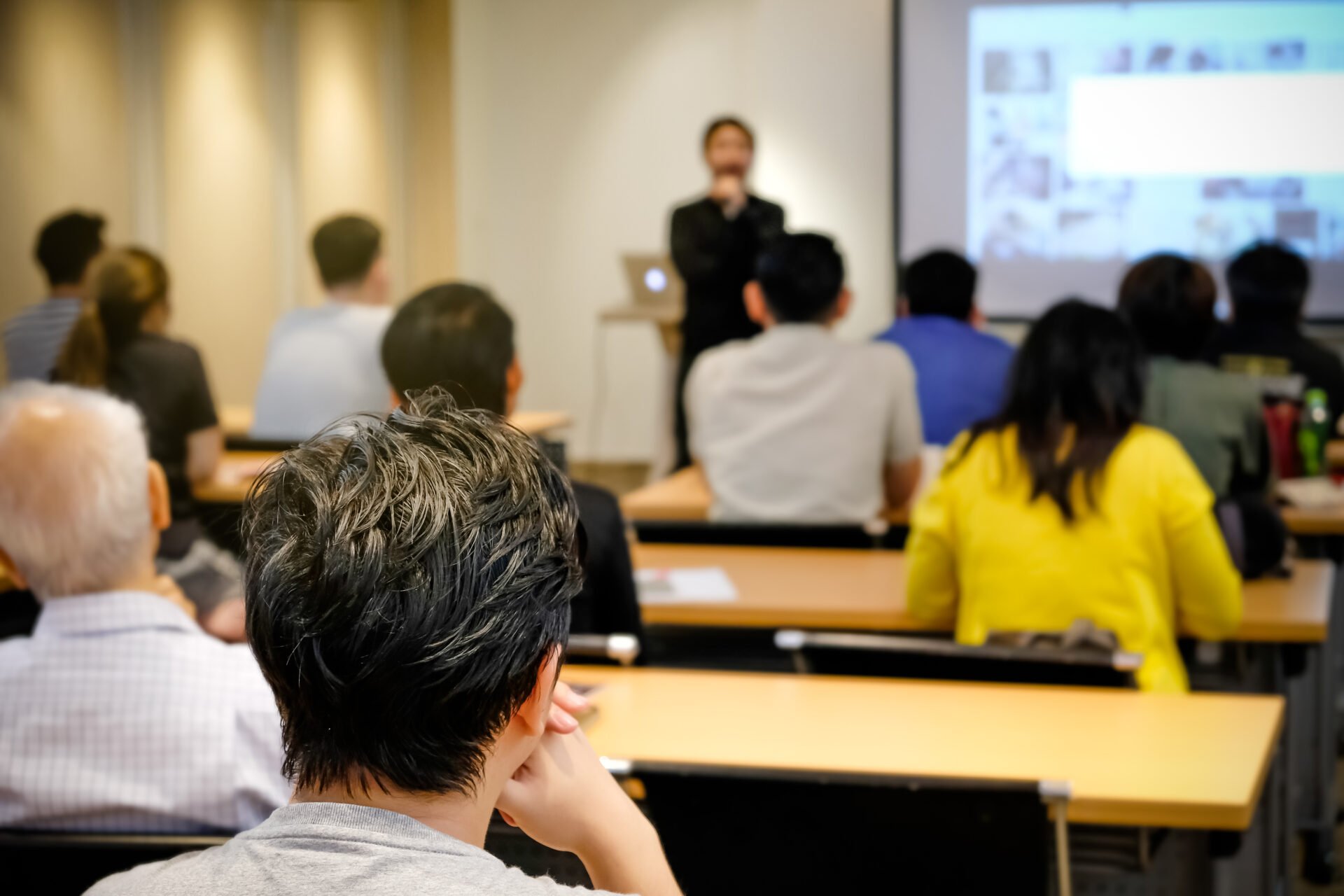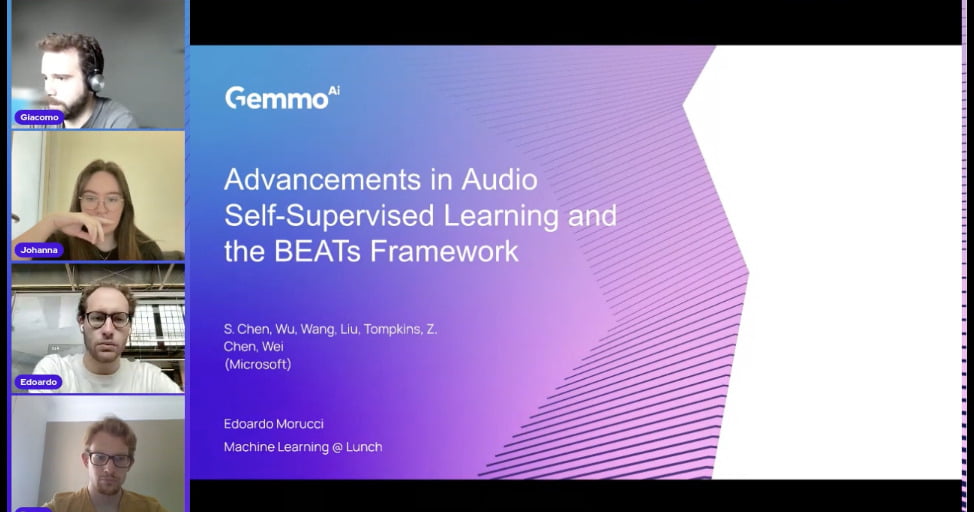Cracking Creativity with Computers: AI Learns to Write & Paint
Despite all the buzz and sensationalism, a machine learning algorithm cannot beat Picasso! In this great chat, Marcus du Sautoy, the author of The Creativity Code and Oxford professor, discusses cracking creativity with ...

Despite all the buzz and sensationalism, a machine learning algorithm cannot beat Picasso!
In this great chat, Marcus du Sautoy, the author of The Creativity Code and Oxford professor, discusses cracking creativity with computers with John Tornhill (Financial Times – Tech columnist).
Here’s what we retained:
1. AI helps humans unleash creativity
While we believe that we are at the pinnacle of creativity, we are not. There are unlimited ways in which human creativity can express itself. The good news? AI can help to dissipate the clouds over the next creativity peak standing in front of us!
2. AI has already exhibited extraordinary levels of creativity
While there’s consensus among scientists about the inability of an AI algorithm to replace human creativity, in very specific problems, Machine Learning models have “invented” novel ways to solve them.
The most notorious is the “Move 37” in the Alpha go game against World champion Lee Sedol. The controversial move won the AI the match in the Chinese board game and changed the way the game was played. While this was remarkable, we should highlight Go is a perfect knowledge game with a deterministic dynamic (game rules). Our world however is much more irregular and prone to rare events.
3. Less Artificial intelligence and more Augmented Intelligence.
AI is moving towards cooperation between humans and machines as opposed to what many feared – a mere replacement.
This is especially interesting for complex tasks where the machine can’t operate on its own yet and the human is struggling on its own. Fascinating opportunities in this area of human-machine interaction.
4. AI is better at some creativity than others
Despite what you might think, for a computer, it is easier to create a realistic image from scratch than a piece of coherent text.
In fact, with text, you have to deal with a lot of nuances, while music and images are easier to create because they are full of various patterns which can be replicated.
For instance, think about humor: it mixes presentation and performance skills with linguistic ambiguity and a deep understanding of human psychology. Not so easy for a computer!
With that said, recent breakthroughs with Open Ai’s GPT-3 show new levels of computer creativity with remarkable results.
Cite some examples more of AI applied to creativity (DALL-E, Style Transfer Models, AI that generates new music)
Marcus, the interviewee, provides three helpful categories of creativity to keep in the back of your mind for your next creative project!
- Exploratory – take something and push it to the extreme (e.g. Bach).
- Combination creativity – apply the style of one composer to another, or mix elements of different styles (e.g. fusion cuisine).
- Transformational creativity – break the rules, have a moment of genius!
Listen to the full episode on Overcast
5. Final Thoughts
Creativity is defined as the use of imagination or original ideas to create something. But was Einstein’s creativity the same as that of D’Ali’? We think not. So it is evident that creativity manifests itself in different ways. With new innovations in AI like GPT-3 and DALL-E constructing original visuals and text, do they fit this definition of creativity? Perhaps we’re seeing the beginning of the new wave in creativity.
While AI is able to analyse all the previous works in a field and elaborate them in a novel way, for now it’s still incapable of thinking outside-the-box though! Which is great news for artists and content creators which will be able to leverage AI-tools to boost their creativity without the fear of being replaced by the next Salvador Dalí.
Like to keep up to date with the latest in AI news? Sign up to our dedicated AI newsletter today for the latest research, trends, and innovations in AI delivered straight to your inbox.



